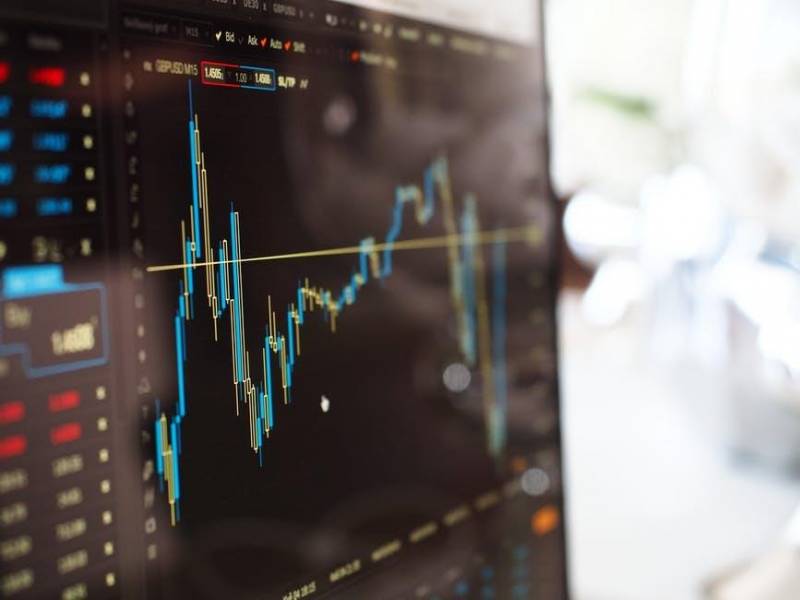
As of 2013, 92% of Americans owned some shares of stocks.
If you want to join all these people and invest in different kinds of stocks, make sure that you do your research. While you do your research, you’ll probably find trading charts.
If you want to make the most money, make sure you know how to read trading charts. If you don’t know how to, make sure you keep reading!
The Trend Line
This might be the easiest part of the stock chart to read, but you shouldn’t overreact if it drops or raises in large gains. While this part of the stock is important, it’s only a small part of the picture.
The trend line will also look larger or smaller depending on how long the timeline is of the graph. For example, if you only have a five-day graph, it will be a larger line than it would for a year-long graph.
The Opening and Closing Price
The opening price will tell you what price the stock opened at at 9:30 a.m. eastern time. The stock market closes at 4:00 p.m. eastern time, which is when you’ll also see the closing price.
Many websites will also tell you what prices it fluctuated to during the day, which is really important to watch for if you’re day trading.
Moving Averages
The moving averages are also plotted on a stock chart for free trading to help smooth the volatility. Doing this can also help show which way the stock is going to trend towards.
It can also help give you context for why the price is what it is. This will help make it easier to spot any divergences from an original price as well.
The moving average can also tell you what the average price is for the last number of trading sessions. There is normally a 50-day moving average and a 200-day trading average.
Historic Trading Volumes
Lastly, the historic trading volumes normally show up at the bottom of the chart as smaller vertical lines. This can tell you the trends of what volume the stock is traded at.
The volume is just as important as the price when you’re trying to figure out if you want to buy it. If the trading volume starts increasing, it normally means that the company is doing well.
However, if the volume starts dropping, that might mean there is something wrong with the stock and you should avoid buying it.
Learn More About How to Read Trading Charts
These are only a few things to keep in mind when learning how to read trading charts, but there are many more aspects to consider!
We know that learning how to trade stocks can be overwhelming and stressful, but we’re here to help you out!
If you enjoyed this article, make sure that you explore our website to find more articles just like this one.
Sponsored post – This is an article provided by our partners’ network. It does not reflect the views or opinions of our editorial team and management.
Tradersdna is a leading digital and social media platform for traders and investors. Tradersdna offers premiere resources for trading and investing education, digital resources for personal finance, market analysis and free trading guides. More about TradersDNA Features: What Does It Take to Become an Aggressive Trader? | Everything You Need to Know About White Label Trading Software | Advantages of Automated Forex Trading

































